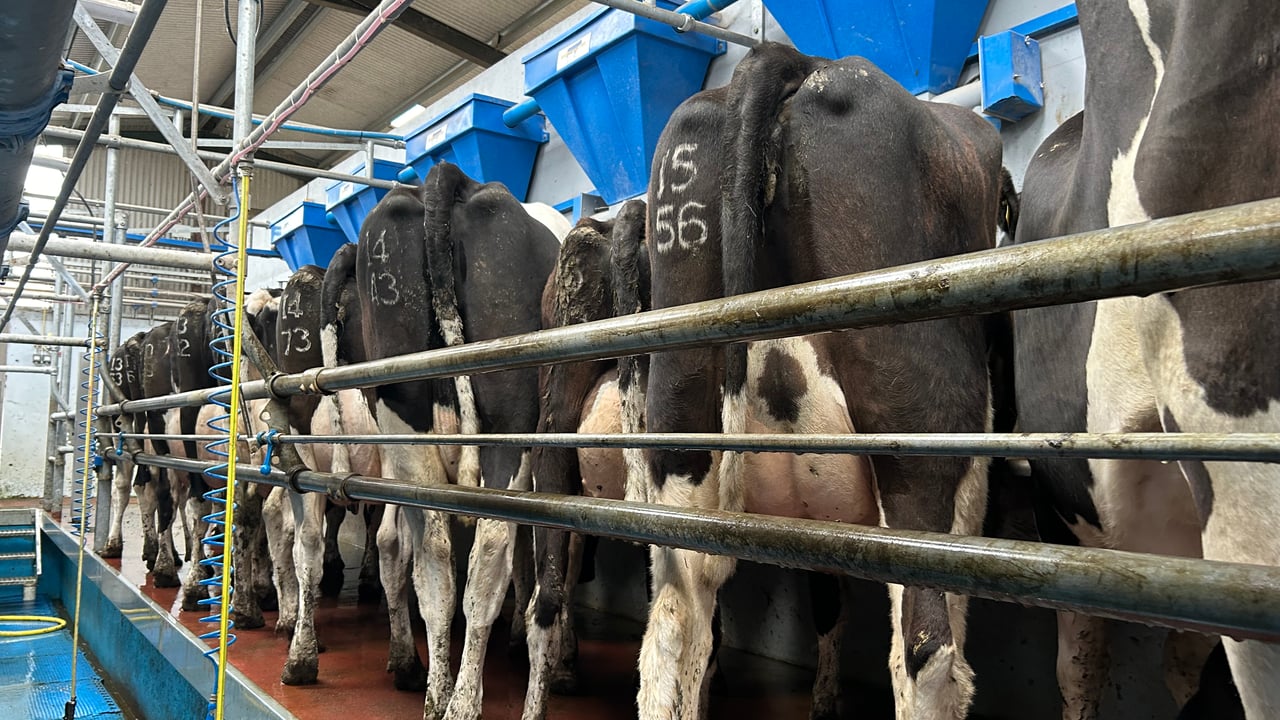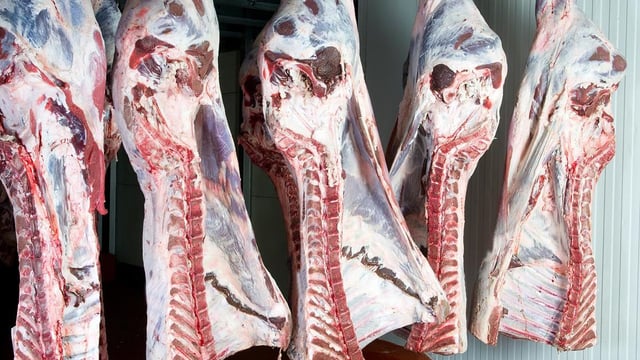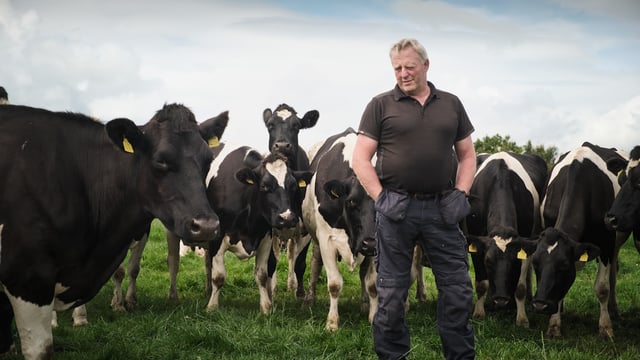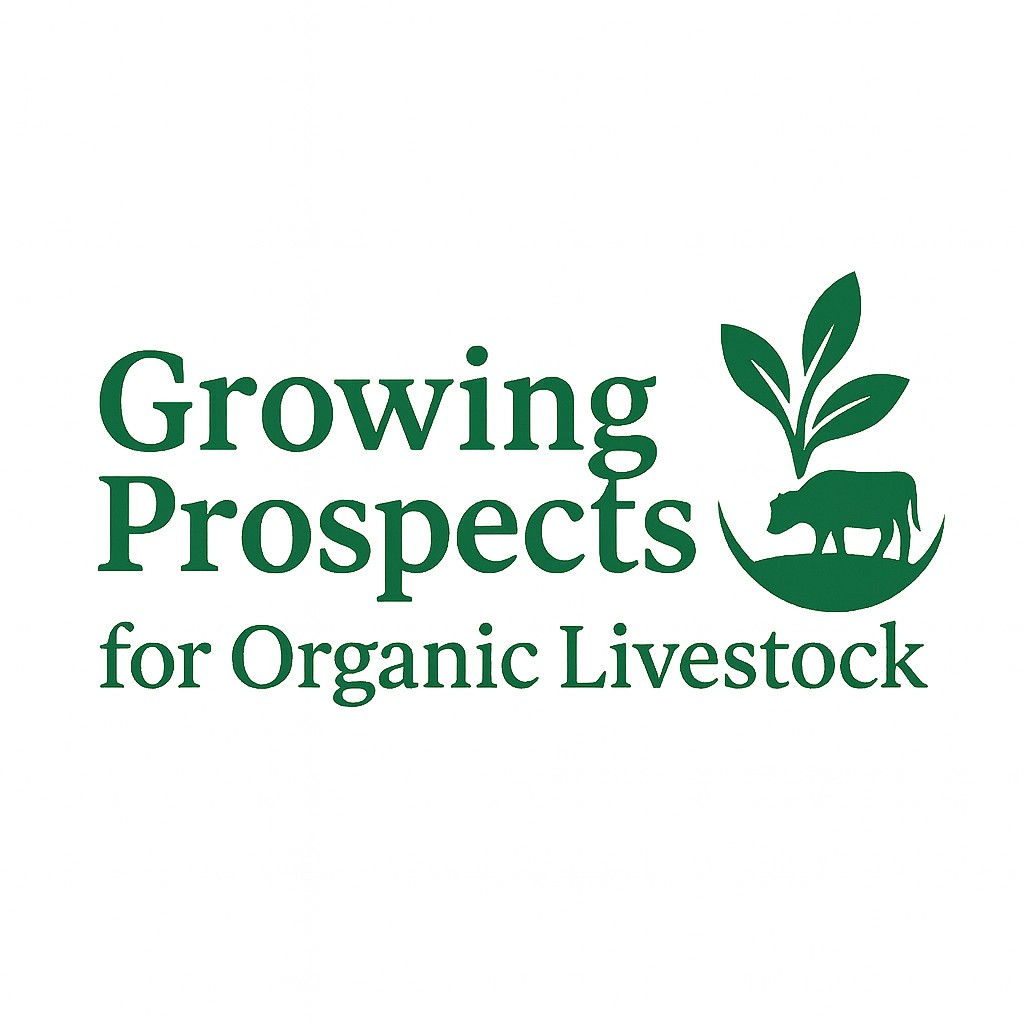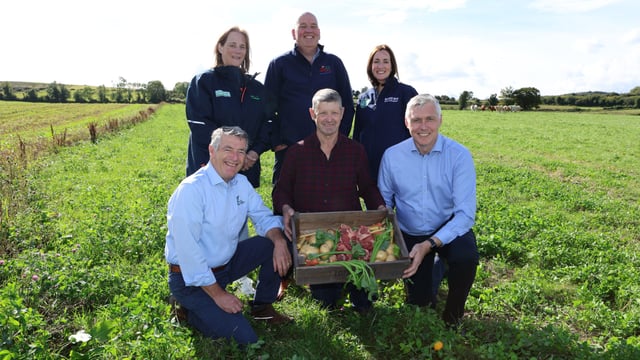Milk recording reports - how are herds performing at the moment?
Milk recording is without doubt an essential tool for any farmer, and hugely beneficial at this time of year to make decisions around breeding.
The data obtained will give the farmer an idea of how each individual cow in the herd is performing from a milk constituent and volume point of view, as well as a somatic cell count and health point of view.
As milk constituents often fluctuate around this time of the year, especially butterfat, the milk recording data will show which cows are struggling to keep up with the rest, which is crucial to ensure that the herd are performing to the level they should be.
Many farmers will also use milk recording data to carry out their selective dry cow therapy (SDCT) on problem-free cows to ensure they have few infection or mastitis issues.
However, for this moment in time, the data obtained is effective for tracking cow performance, dietary interventions, and breeding decisions, along with marking cows for culling.
Butterfat at this time of the year tends to take a hit, often dropping down to near the protein percentage levels when second rotation is being grazed.
However, low milk fat content as an indicator of rumen health problems does not directly translate for a grazing diet, as the cause of reduced milk fat in grazing cows is somewhat different than that associated with classical acidosis on grain diets.
Milk fat content at peak milk yield is generally expected to be 0.4% to 0.5% lower than the lactation average, so it is not unnatural for a herd delivering 4.3% fat for the year to be sending out milk at 3.9% fat in late April to May.
The latest data from the Irish Cattle Breeding Federation (ICBF) shows that 955,623 cows have been recorded so far in 2025, which is 6.4% ahead of 2024.
For the same period in 2024, some 898,287 cows had been recorded. Based on the data, 8,435 herds have completed a milk recording in 2025.
The number of herds and the number of cows being milk recorded is increasing year-on-year, as farmers realise the benefits it can bring to the farm.
It seems that among farmers at the minute, with uncertainty around the nitrates derogation and environmental regulation, expanding herd size is not a priority, so farmers are trying to consolidate what they have.
Farmers want to maintain their herd size, while making sure each and every cow is adding to the business, cutting down on passengers, and maximising the number of healthy, robust, and high milk-solid-yielding cows in the herd, which can only be done effectively through milk recording.
The number of herds that have recorded from May 6-16 was 1,003, which consisted of 111,569 cows milk recorded with the average herd size at 111 cows.
Average milk yield of these herds that milk recorded was 28.06kg of milk/cow with 3.83% fat and 3.46% protein, which equates to an average of 2.04kg/milk solids/cow/day at the moment.
This means that the peak lactation is somewhat holding as, according to ICBF data, cows peaked on average at 2.11kg of milk solids/cow/day during the week ending April 18.
This means for the last number of weeks, farmers have been able to hold the peak milk supply pretty well, thanks to great weather and good grass growth rates.
As expected, milk butterfat is taking a hit at this point of the lactation, but should be able to recover in the coming days and weeks.
On the contrast, protein has been holding pretty well which indicates that farmers are still grazing good lush covers with little stem and lots of quality.
As this weather progresses, this quality can become increasingly more difficult to maintain, so farmers need to be walking the farm twice weekly to ensure cows are going grazing covers at 1,400kg/DM/ha and have 24-36-hour allocations to maximise dry matter intake.
The average somatic cell count for the herds recording in the past two weeks sits at 146,000 cells/ml, which is okay, but farmers should be aiming to get that below 100,000 cells/ml at this time of the year.
Milking routine is going to play the biggest role in reducing SCC at this point, ensuring that any cow causing problems is stripped and treated if necessary.
Also ensure that clusters are sterilised when used on a high SCC cow or mastitis cow before going on to the next, as disease can spread up to six times after it was taken off the problem one.
Milk recording information is important in order to get cell counts under control, but farmers should also be performing a California Mastitis Test (CMT) on cows.
This will identify which quarter is to blame for cell count issues, which can then be treated.

